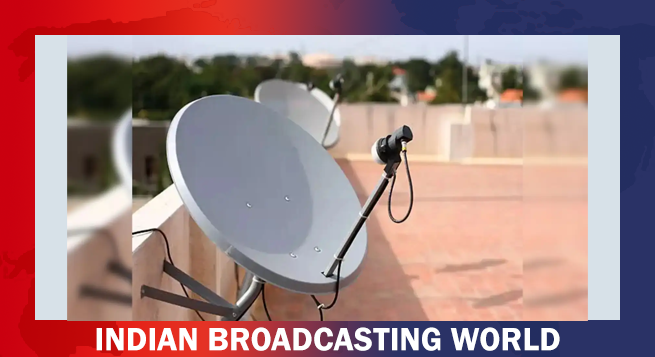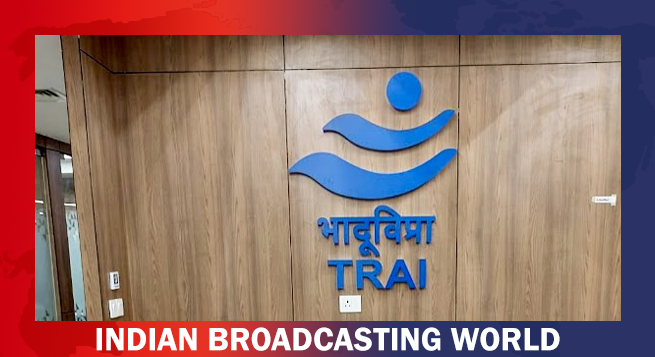The Department of Telecom (DoT) has fixed December 2022 as the deadline for Internet service providers to customise their network as well as change modem and routers at customer premises for the services as per the Internet protocol address IPv6.
The DoT has set June 30, 2022 as the last date for government organisations for complete transition to IPv6, according to an official note issued on November 2.
“All new retail wireline customer connections provided by service providers after December 31, 2022, shall be capable of carrying IPv6 traffic either on dual stack on native IPv6,” PTI quoted from an official note.
The IP addresses help in identifying and connecting various devices and servers onto the Internet.
The DoT had released the first and second roadmap to roll out IPv6 addresses in the country in 2010 and 2012, which can grant several trillions of unique Internet addresses unlike the old regime of IPv4 that has a limit of 3 billion IP addresses.
The growth in the number of devices connecting to the Internet has fuelled demand for IPv6 addresses.
“The service providers shall endeavour to progressively replace/upgrade the CPEs (customer premise equipment), which are not IPv6 ready and are owned by service providers latest by December 31, 2022,” the note said. India now has around 50 per cent share in IPv6 addresses globally.
“The transition to IPv6 even with a dual stack mode will help in growth of Internet usage especially in the context of work from home as well IoT ecosystem and upcoming 5G services because of the requirement of an enormous IP address which is not available with IPv4. In addition, transition to IPv6 will enhance the network security because of built-in ‘IPsec’ feature in the verison 6,” IPv6 Forum chairman Satya N Gupta said.
With proliferation of IPv6 addresses, India can create its own secure Internet by setting up its own root servers for communication within countries geographical boundaries.
At present, there are 13 root servers, which play a vital role in working on the Internet globally. Eleven root servers are located in the US and one each in Europe and Japan. Under the present global regime, the Internet can stop working if any of the root servers are switched off.
Gupta said that with an indigenous root server, India can continue to communicate within its own jurisdiction after transition to IPv6.
“The US has already decided to switch off IPv4 addresses by 2024,” he said.
 Govt. not considering rules for use of AI in filmmaking: Murugan
Govt. not considering rules for use of AI in filmmaking: Murugan  DTH revenue slide to ease to 3–4% this fiscal year: Report
DTH revenue slide to ease to 3–4% this fiscal year: Report  At Agenda Aaj Tak, Aamir, Jaideep Ahlawat dwell on acting, Dharam
At Agenda Aaj Tak, Aamir, Jaideep Ahlawat dwell on acting, Dharam  JioHotstar to invest $444mn over 5 years in South Indian content
JioHotstar to invest $444mn over 5 years in South Indian content  Standing firm, TRAI rejects DoT views on satcom spectrum fee
Standing firm, TRAI rejects DoT views on satcom spectrum fee  ‘Dominic and the Ladies’ Purse’ premieres on ZEE5 Dec 19
‘Dominic and the Ladies’ Purse’ premieres on ZEE5 Dec 19  Amazon announces 2 new Lara Croft games; one set in India
Amazon announces 2 new Lara Croft games; one set in India  India marks strong M&E presence at FOCUS London ’25
India marks strong M&E presence at FOCUS London ’25  Nawazuddin, director Trehan on ‘Raat Akeli Hai’ cop universe
Nawazuddin, director Trehan on ‘Raat Akeli Hai’ cop universe  Govt walking tightrope on fighting misleading info, creative freedom
Govt walking tightrope on fighting misleading info, creative freedom 









